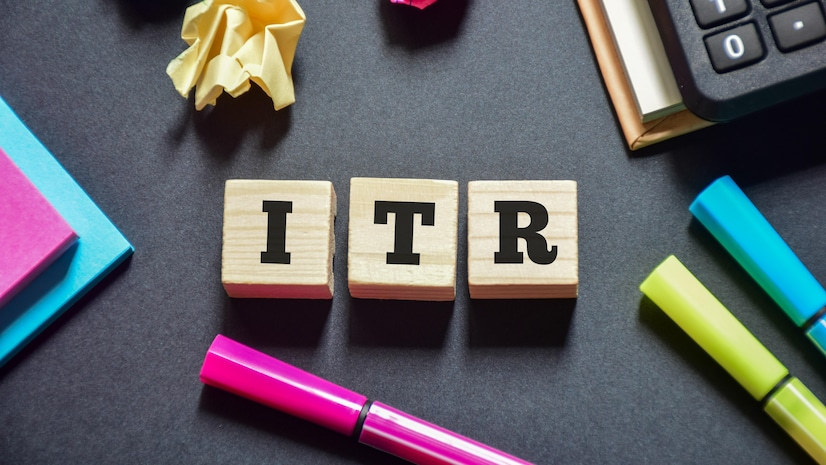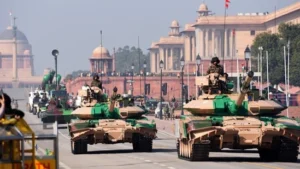Only 1% of tax returns are selected for scrutiny, 99% accepted on trust

Only 1% of tax returns are selected for scrutiny, 99% accepted on trust-India’s tax administration adopts a trust-based model, accepting over 99% of returns without scrutiny, while flagged cases undergo transparent, objective assessments
Only 1% of tax returns
Only 1 per cent of tax returns filed by taxpayers are selected for scrutiny, The Economic Times reported on Friday. The selected cases are based on credible information obtained through third-party reporting.
India’s direct tax administration operates on a largely trust-based model, with over 99 per cent of tax returns accepted without scrutiny. This system underscores minimal interference for most taxpayers, countering criticisms of aggressive income assessment notices.
Cases flagged for scrutiny are identified through algorithm-based data analytics, focusing on high-probability instances of tax additions. Taxpayers whose cases are reopened for assessment are given an opportunity to present their side.
The scrutiny process, from case selection to assessment, follows objective criteria. The faceless assessment scheme, introduced by the government, aims to eliminate arbitrariness and bias, ensuring fairness and transparency.
Inefficiencies in tax dispute management
Despite these measures, the Comptroller and Auditor General (CAG) has highlighted inefficiencies in managing direct tax disputes. Concerns include inflated tax demands, incorrect interest levies, and errors in implementing appeal orders, which delay refunds and cause unnecessary harassment for taxpayers. Additionally, around 580,000 tax appeals remain pending.
Govt measures to reduce litigation
To address these issues, the government has implemented several initiatives, including:
- Faceless assessments: Team-based evaluations to ensure impartiality.
- High-pitched committees: Regional panels to address complaints about excessive assessments.
- Vivad Se Vishwas scheme: Launched in 2020 to settle disputes and reduce litigation.
- Increased monetary thresholds: Higher thresholds for appeals to lower the number of cases.
Steps are also being taken to expedite the implementation of appeal orders. Taxpayers can now file applications for appeal-effect or rectification of orders directly on the e-filing portal, a move aimed at reducing delays and enhancing efficiency.
Rule 99 – Scrutiny of returns
(1) Where any return furnished by a registered person is selected for scrutiny, the proper officer shall scrutinize the same in accordance with the provisions of section 61 with reference to the information available with him, and in case of any discrepancy, he shall issue a notice to the said person in FORM GST ASMT-10, informing him of such discrepancy and seeking his explanation thereto within such time, not exceeding thirty days from the date of service of the notice or such further period as may be permitted by him and also, where possible, quantifying the amount of tax, interest and any other amount payable in relation to such discrepancy.
(2) The registered person may accept the discrepancy mentioned in the notice issued under sub-rule (1), and pay the tax, interest and any other amount arising from such discrepancy and inform the same or furnish an explanation for the discrepancy in FORM GST ASMT- 11 to the proper officer.
(3) Where the explanation furnished by the registered person or the information submitted under sub-rule (2) is found to be acceptable, the proper officer shall inform him accordingly in FORM GST ASMT-12.
With Thanks and Reference to : https://www.business-standard.com/finance/personal-finance/tax-returns-scrutiny-india-trust-based-assessment-125011000298_1.htmlAnd https://cleartax.in/v/gst/gst-rules/cgst-rule-99-scrutiny-of-returns/







